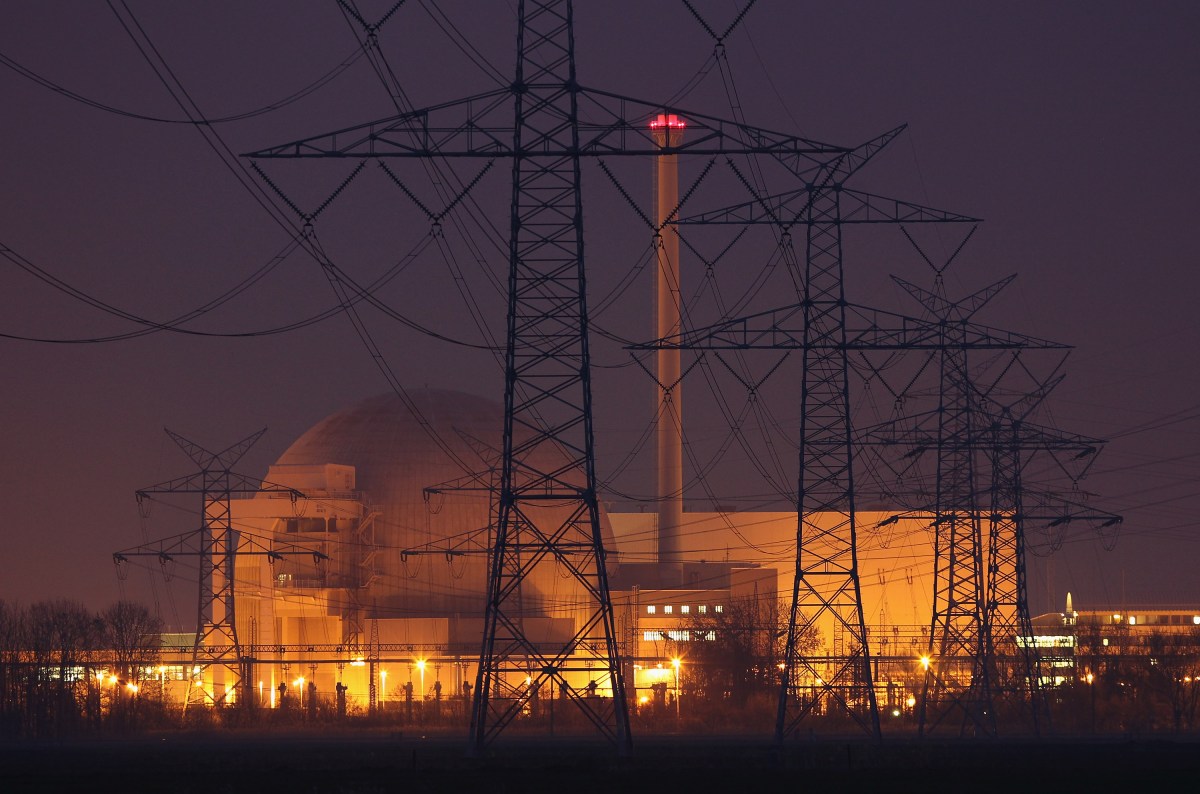A series of recent rulings from regulators dashed the Big Tech companies’ hopes of finding a quick fix for their electricity needs.
© 2024 TechCrunch. All rights reserved. For personal use only.
Amazon, Meta, and Microsoft have placed big bets on nuclear power to secure electricity for their data centers as AI and cloud computing have sent power use surging.
But as Amazon and Meta discovered last week, those bets are far from a sure thing. A series of recent rulings from regulators dashed their hopes of finding a quick fix for their electricity needs. For now, Microsoft’s plans to revive a reactor at Three Mile Island are moving ahead.
Perhaps unexpectedly, the roadblocks have nothing to do with nuclear power itself, illustrating the challenges of building massive data centers without first locking up new sources of electricity.
Meta, for example, is planning to build an AI data center next to an already operating nuclear power plant. But as the project progressed, regulatory hurdles began piling up. CEO Mark Zuckerberg told staff in an all-hands meeting that one hurdle was the sighting of a rare bee species on the land, according to a Financial Times report. (Many bee populations are currently fragile, at best, after decades of exposure to a new generation of pesticides, among other stressors.)
Amazon’s plans have also hit a snag. The company is planning to build a new hyperscale data center next to the nuclear power plant near Susquehanna, Pennsylvania, and use a significant portion of the plant’s electricity. The Federal Energy Regulatory Commission (FERC), which oversees the U.S. electricity and natural gas grids, voted 2-1 on November 1 to deny the expansion of an existing data center power agreement that would have allowed Amazon to connect directly to the power plant.
The concern in Amazon’s case was that other customers would potentially suffer lower reliability — brownouts or blackouts — and higher costs as the data center would divert a significant portion of the massive power plant away from the rest of the region’s electricity grid.
This likely won’t be the last time FERC wades into the power question for hyperscale data centers: The commission has at least another eight large co-location requests to review.

Leave a Reply